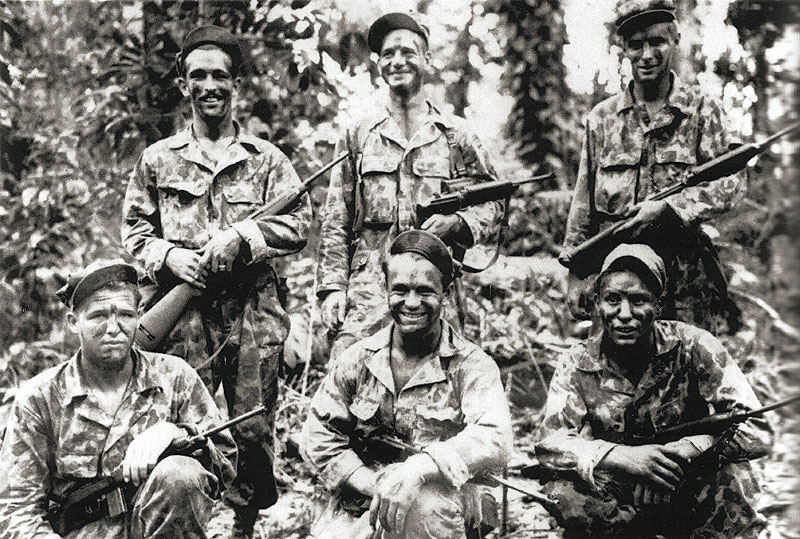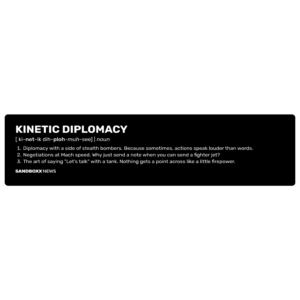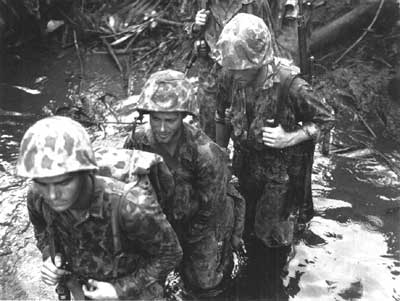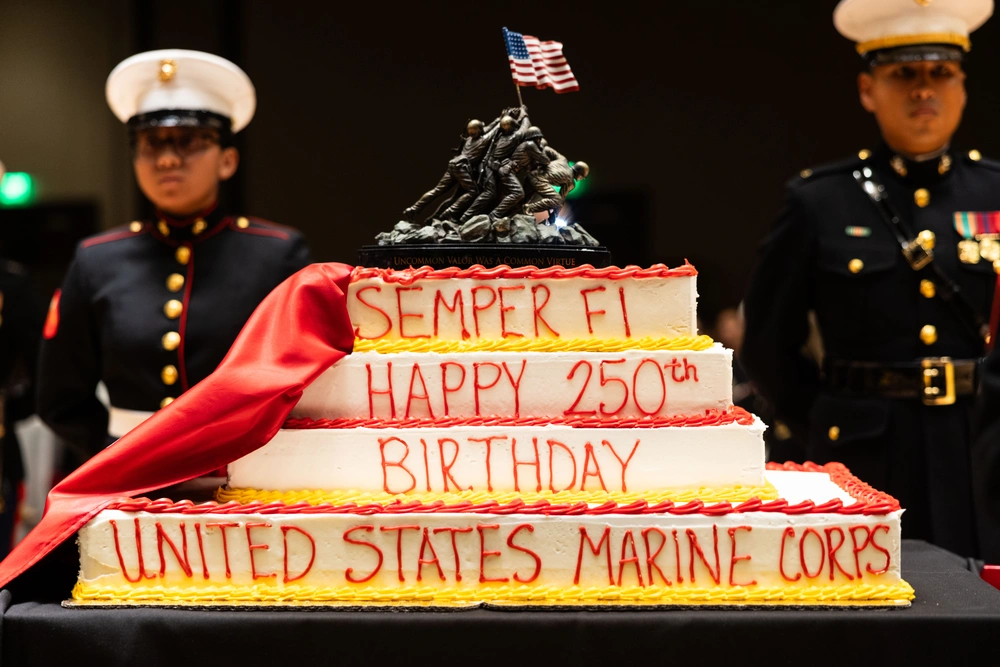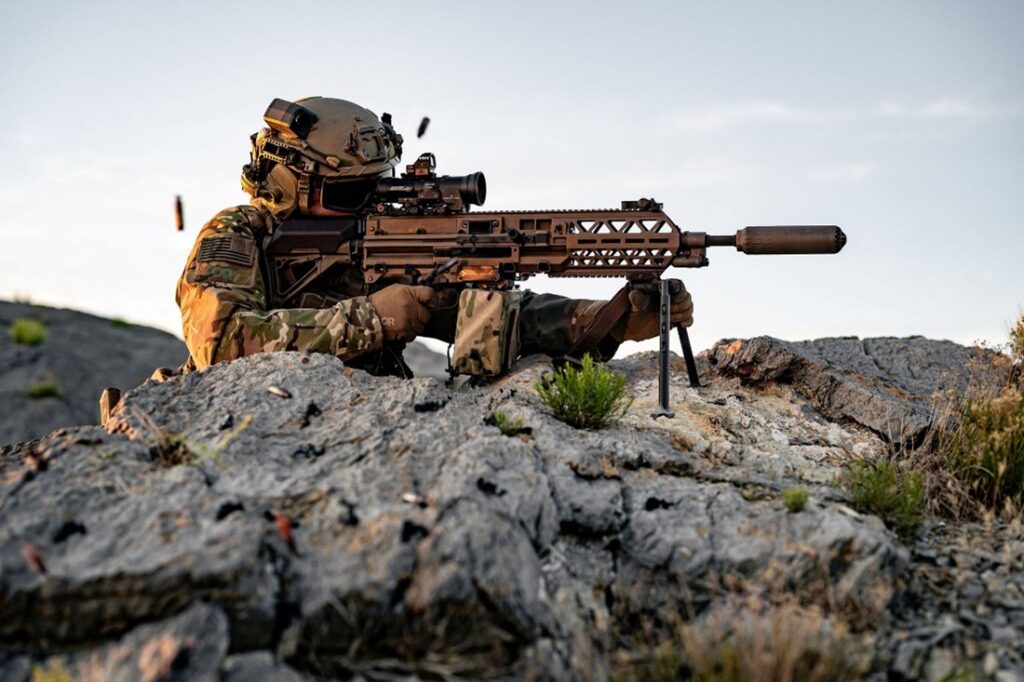During the Pacific War, Commander of the Sixth United States Army Lieutenant General Walter Krueger wanted an organic scouting force that would answer directly to him as he had previously relied on incorrect intelligence from other forces. Krueger also wanted the unit to conduct raids. So he created the Alamo Scouts, an elite unit that’s somewhat forgotten in the modern era.
The Scouts would gather information on enemy locations, troop numbers, and movements; at the same time, they would perform hit-and-run attacks and destroy supplies, and undertake similar dangerous but impactful missions against the enemy.
The Alamo Scouts were an all-volunteer force, since conscripting men into a special mission unit like the Scouts had never worked well. Nevertheless, the dangerous missions, level of autonomy, and small nature of the unit drew in the right people. In the end 700 volunteers turned up and were organized into small teams of six to seven men.
Alamo Scouts were put through the Alamo Scouts Training Center. Training lasted six weeks and there were nine classes total. The training center operated throughout the Pacific and also doubled as the Alamo Scouts’ base of operations. The men were trained in rubber boat usage, intelligence gathering, scouting, navigation, communications, specialized weapons, and fitness.
Only 30% of the men who went to the school passed, and 138 Alamo Scouts emerged from training: 117 enlisted men and 21 officers. Their existence would largely be a secret.
The Alamo Scouts participated in 106 missions that we know of, often deep behind enemy lines.
Originally, missions would last anywhere from one to three days, but as Allied forces pushed into the Philippines, missions could last months.
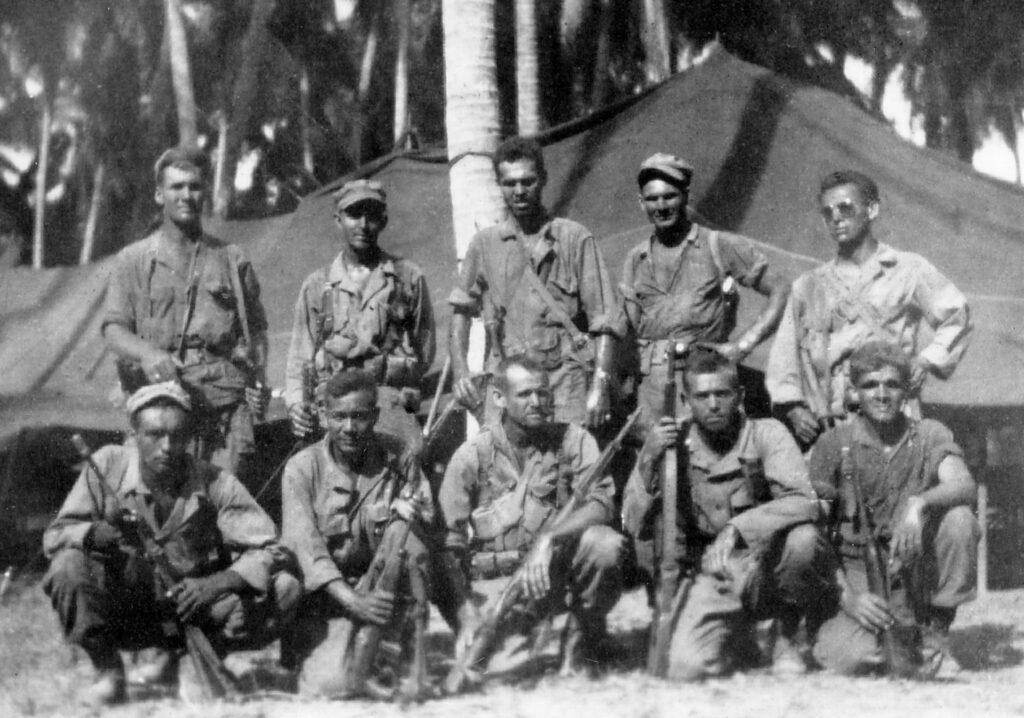
Their daring missions included reconnaissance and scout work and the capture or elimination of Japanese Flag Officers. They organized large-scale guerrilla operations and even performed direct action missions. Alamo Scouts would often also act as the personal bodyguards of Lieutenant General Walter Krueger and had orders to kill the general if he was about to be captured. However, they are most famous for their POW rescues.
The Alamo Scouts organized and carried out the Cabanatuan POW Camp raid with the help of the 6th Ranger Battalion. which freed 522 POWs. The daring nighttime raid was thought to have been impossible to accomplish. Two of the scouts even dressed as rice farm workers and set up a covert observation post within a few hundred yards of the Japanese Army guard posts. The fantastic raid has been the subject of numerous books, documentaries, and a film called The Great Raid.
And near the end of World War II, the Scouts were preparing to conduct pre-invasion reconnaissance of parts of the Japanese mainland.
Throughout their 106 known missions, the Alamo Scouts spent a combined 1,482 days behind enemy lines. Not a single Scout was killed or captured during their operations.
As the war ended, the Sixth Army no longer needed the Scouts and the unit was unceremoniously disbanded and largely forgotten. The top-secret nature of their work ensured they wouldn’t become heroes.
While the Alamo Scouts didn’t serve for recognition, they did finally receive it: in 1988, their men were awarded the Special Forces Tab in recognition for their early contributions to Special Forces operations.
Feature Image: A team of Alamo Scouts pose for a photo after completing a reconnaissance mission on Los Negros Island in the South Pacific Ocean, February 1944. (U.S. Army Signal Corps/National Archives)
Read more from Sandboxx News
- Man down: A Delta Force tale
- How US Special Forces took on Wagner Group mercenaries in an intense 4-hour battle
- The unsung heroes of World War II: The Ritchie Boys
- New material from North Carolina State University could revolutionize stealth aircraft (and even warship) design
- It took more than stealth to make the F-117 Nighthawk a combat legend

